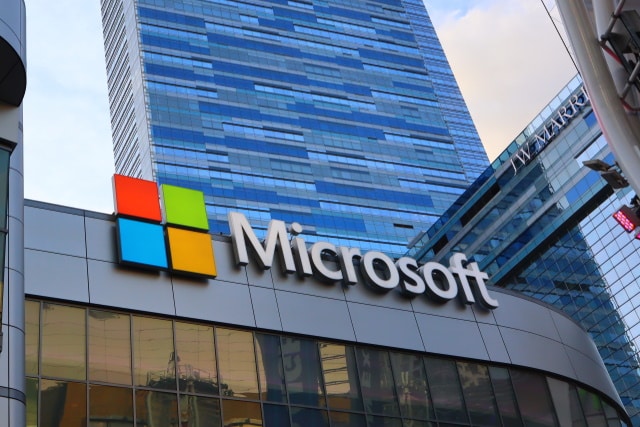Microsoft has removed the option to defer feature updates in Windows 10 May 2020 Update

If you've upgraded to Windows 10 May 2020 Update (or Windows 10 version 2004), you will have noticed various changes, and perhaps encountered a few issues along the way. One thing that some system administrators are noticing is that it is no longer possible to defer feature updates for up to a year.
Instead, the only option available is to pause all updates for a maximum of 7 days.
See also:
- In Windows 10 May 2020 Update, Microsoft has moved the Fresh Start recovery tool
- How to free up disk space after installing Windows 10 May 2020 Update
- How to disable Cortana in Windows 10 May 2020 Update -- or even uninstall it
It seems that the thinking behind the change is that it goes some way to reducing the number of computers out there that are running older, unsupported versions of Windows 10, or versions that are a couple of major updates behind.
Microsoft explains what is going on in a support document:
Update less: Last year, we changed update installation policies for Windows 10 to only target devices running a feature update version that is nearing end of service. As a result, many devices are only updating once a year.
To enable all devices to make the most of this policy change, and to prevent confusion, we have removed deferrals from the Windows Update settings Advanced Options page starting on Windows 10, version 2004.
If you wish to continue leveraging deferrals, you can use local Group Policy (Computer Configuration > Administrative Templates > Windows Components > Windows Update > Windows Update for Business > Select when Preview builds and Feature Updates are received or Select when Quality Updates are received).
As Microsoft explains, it is still possible to further delay the installation of updates, but by removing the option from Settings and hiding it instead in Group Policy Editor, Microsoft will be hoping that fewer and fewer people do defer updates.
Image credit: Walter Cicchetti / Shutterstock
